 |
 |
 |
 |
 |
 |
 |
 |
 |
 |
 |
| Last Updated: Mon Feb 11 18:47:58 UTC 2019 |
 |
 |
 |
 |
 |
 |
 |
 |
 |
 |
 |
| Last Updated: Mon Feb 11 18:47:58 UTC 2019 |
Zoom-Nikkor 80-200mm f/4 AI-s (1981-1998) Test and Sample Images |
||||||||||||||||||||||
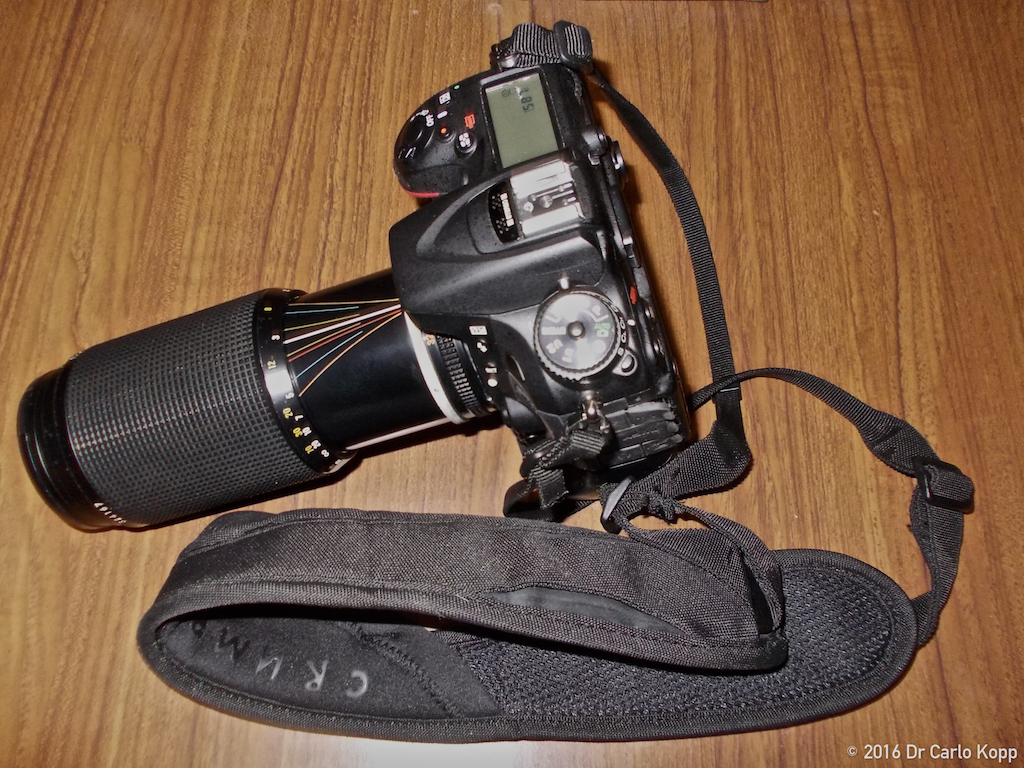 Zoom-Nikkor 80-200mm f/4 AI-s mounted on a Nikon D7100. 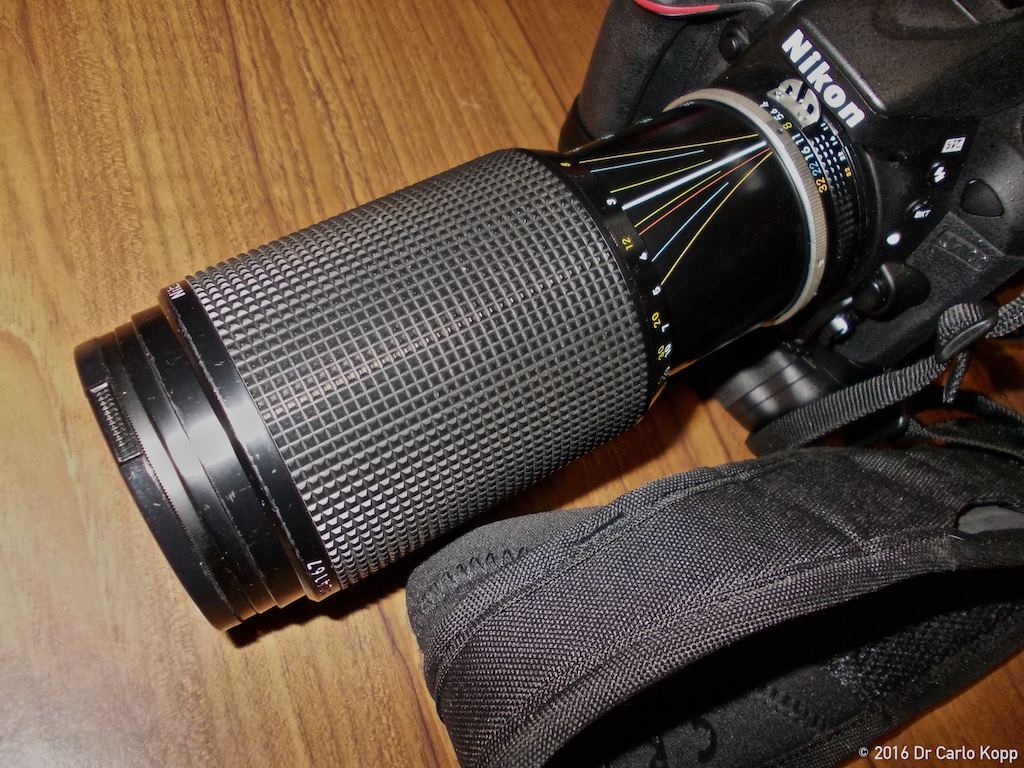
|
||||||||||||||||||||||
Zoom-Nikkor 80-200mm f/4 AI-s Lens Specifications / Performance Data |
||||||||||||||||||||||
The Zoom-Nikkor 80-200mm f/4 AI-s
push-pull telephoto lens has a reputation bordering on the mythical, in
some respects deserved, in some less so. It was produced as a
professional constant aperture telephoto zoom for 17 years, and more
than 145,000 were built by Nikon before production ceased in 1998. The
lens was developed as a replacement for the highly regarded 80-200mm
f/4.5 series, and was effectively replaced by the newer 70-200mm f/2.8
series professional zooms.
I first used this lens thirty five years ago, a hired example, during a 1981 visit to the USS Kitty Hawk CV-63, on a Nikon F2 SLR, but results were dubious in part due to technique, and in part due to the slow film stock used in a challenging environment. My motives for spending US$104.00 on E-bay to procure one were partly curiosity, partly recommendations by a colleague who bought one, and frustration with the very good but difficult to handle Sekor C 105-210mm f/4.5N two ring manual focus zoom. While I own an excellent professional Sigma AF 100-300mm f/4 EX IF HSM APO zoom, it is large, bulky and heavy, and thus not a convenient lens for many uses. Equally so I do little work in the 70-200mm zoom range, and this makes it impossible to justify spending on a very good and recent Nikon or Sigma 70-200mm f/2.8 professional zoom. Indulging my curiosity, I did several hundred test shots with a D7100, and some comparative shots against the Mamiya Sekor A 200mm f/2.8 APO manual focus professional apochromatic prime, the Sekor C 105-210mm f/4.5 ULD manual focus professional zoom, and consumer commodity grade plastic Sigma AF 70-300mm f/4-5.6 DG APO Macro zoom, to appraise the actual performance of this relic. In many respects the Zoom-Nikkor 80-200mm f/4 AI-s lives up to its reputation. Put bluntly, I could not pick the difference in sharpness between the four lenses at 200mm focal length and optimal apertures - that would require a calibrated optical bench and test charts. Contrast is also sufficiently similar that I could not easily pick the difference. Nikon and Mamiya both tend to bias their glass spectrally for good red rendering, so it was difficult to pick a difference there either. Chromatic aberration on the Nikon is barely detectable, but none was discernable on the two Mamiyas. The notable difference against the period Mamiya glass was in handling - the Nikon is so much easier to handle, especially in focussing. Likely this reflects the fact that Mamiya made cameras for studio and fashion shoots, and telephoto work was a sideline, while Nikon's premium markets were photojournalism, sports, nature, and other telephoto intensive genres. So Nikon users put a premium on ease of telephoto work as much as optical quality. Both Nikon and Mamiya were and continue to be obsessive about colour accuracy. Testing against the commodity Sigma AF 70-300mm f/4-5.6 DG APO Macro at 200mm showed similar sharpness, but the Sigma produced slight less contrast, and with a smaller aperture less brightness in the viewfinder. Notably contrast performance of the professional Nikon is better, and unlike the commodity Sigma which has a knife edge optimal sharpness point at f/8.0, the Nikon displayed only very modest variations in sharpness with aperture. This reflects the difference between glass built for consumers, versus glass built for professional users. Testing with the Tamron MC4 1.4X teleconverter demonstrated that centre sharpness and CA are indistinguishable from the professional Sigma 100-300mm f/4 and 400mm f/5.6 autofocus lenses, at least in terms of generic test shots. Overall, this is a well behaved and easy to handle lens, with optical performance typical for lightweight professional grade telephoto zooms. For a lens which typically retails between US$80 and US$200, that makes it a bargain for anybody prepared to handle the lens professionally, and not insisting on creature comforts like autofocus. Integration with the D7100 is seamless, using the Non-CPU lens menu configuration (80mm / f/4.0). References:
|
||||||||||||||||||||||
Zoom-Nikkor 80-200mm f/4 AI-s Sharpness / Contrast Tests
|
||||||||||||||||||||||
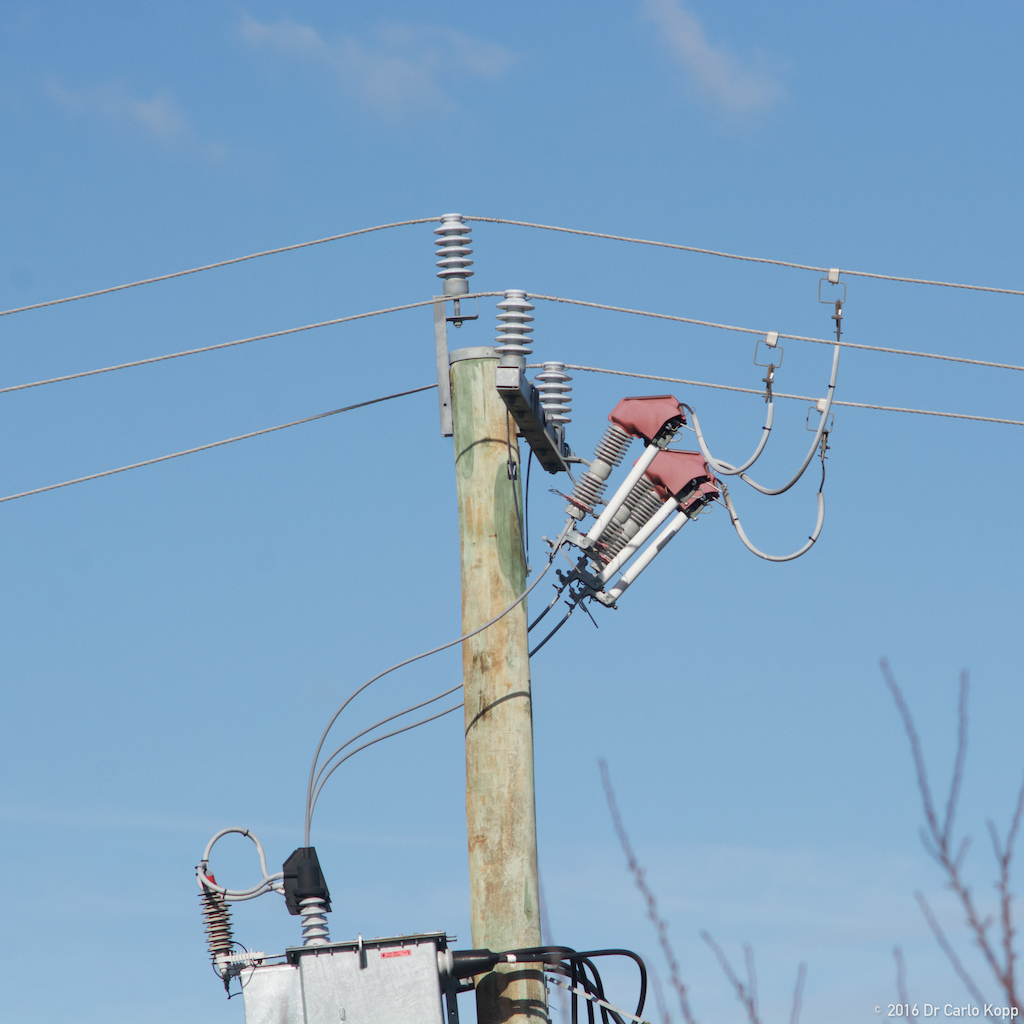 Comparative sharpness test for
Zoom-Nikkor 80-200mm f/4 AI-s and Mamiya Sekor A 200mm f/2.8 APO prime, 10242
crops from D7100 imagery, displayed in Aperture 3. NB the 200mm f/2.8
prime is wide open and thus has narrower depth of field. Sharpness is
comparable.
|
||||||||||||||||||||||
Zoom-Nikkor 80-200mm f/4 AI-s Handheld
|
||||||||||||||||||||||
|
Focal Length: 80-200mm [eq. 120-300mm in FX] Aperture: f/4.0 - f/11.0 ISO: Auto Nikon Control Law Shutter: Auto Nikon Control Law Metadata: EXIF, IPTC Notes: some images have
highlight overexposure corrections with Aperture 3; multiple images
corrected
for contrast.
|
||||||||||||||||||||||





 











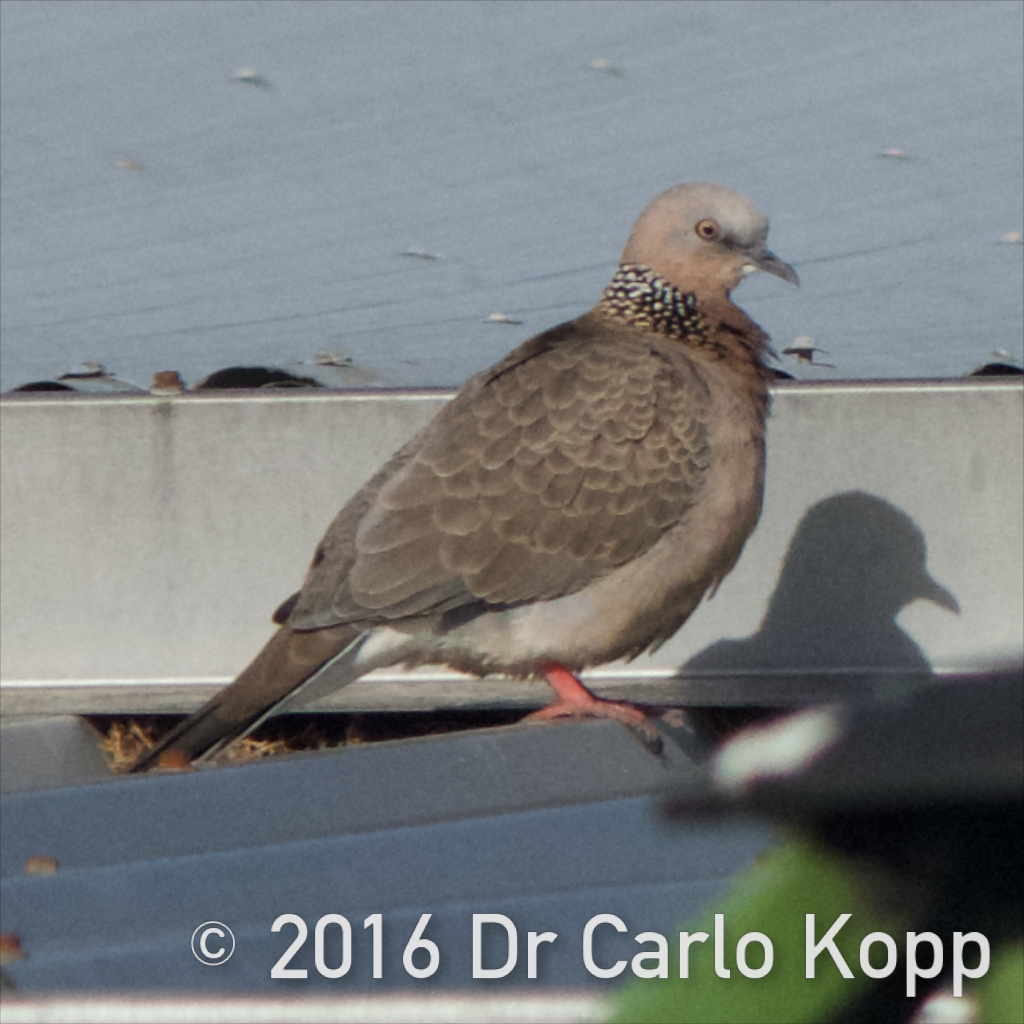

















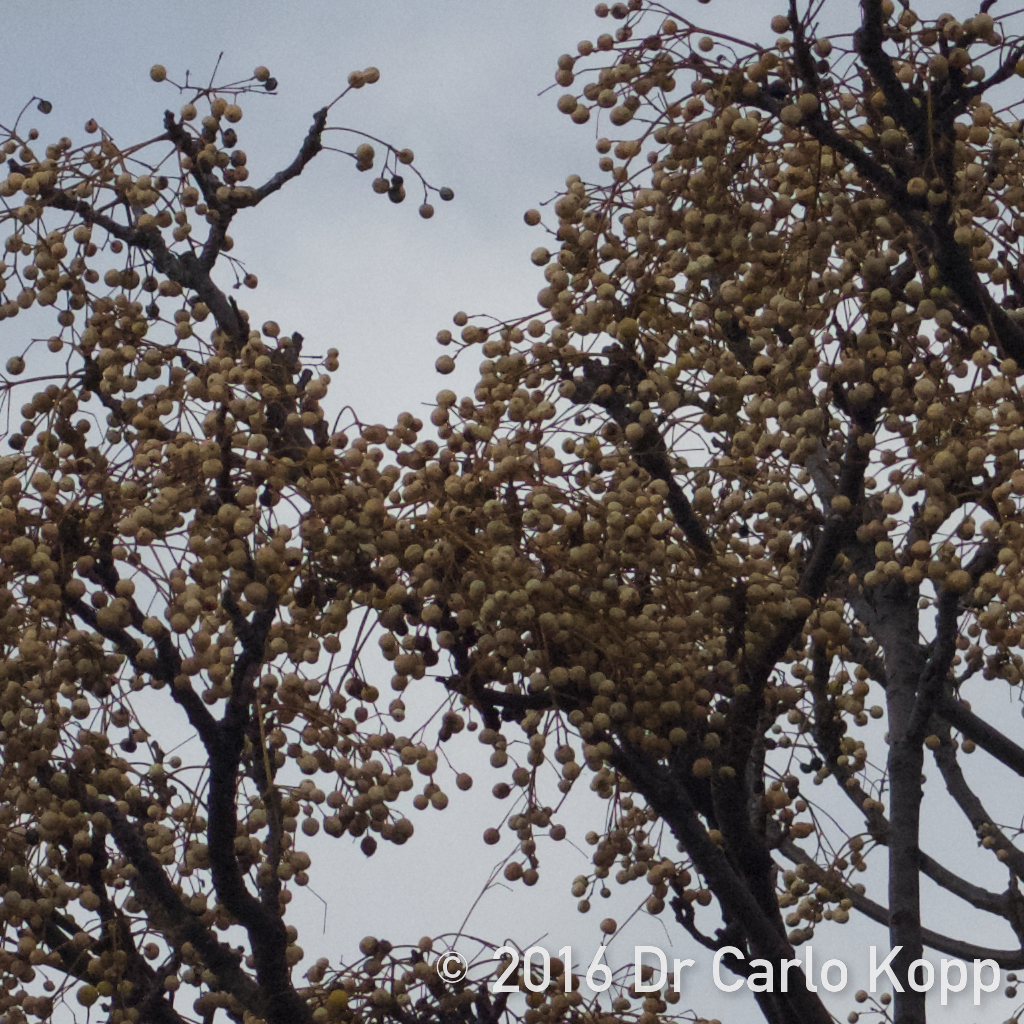


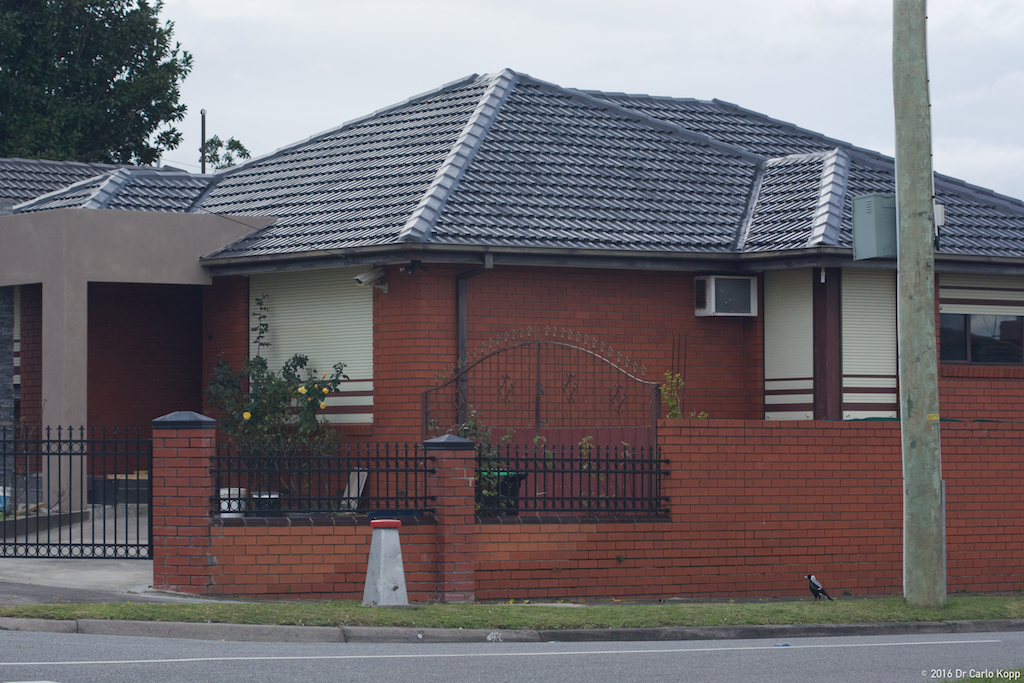




















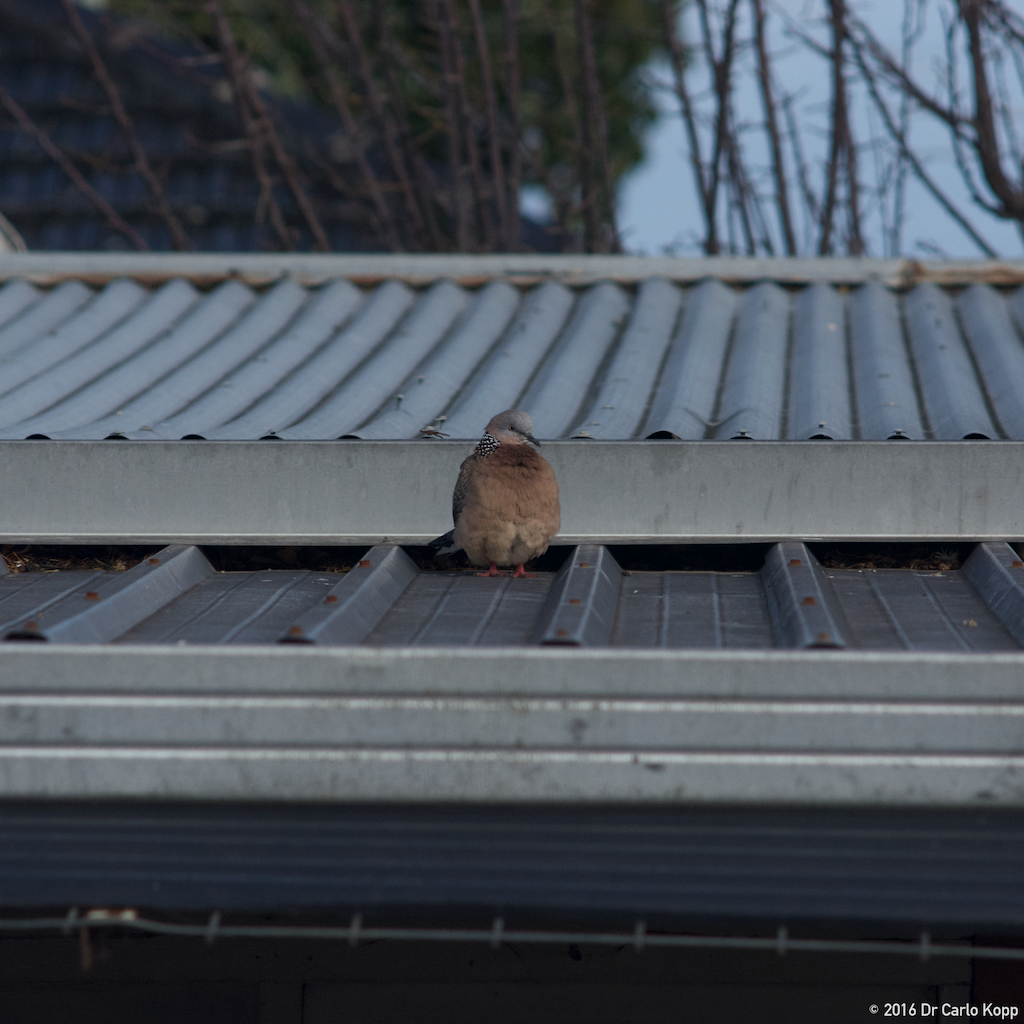











|
||||||||||||||||||||||
Zoom-Nikkor 80-200mm f/4 AI-s / Tamron-F 1.4XN MC4 Handheld |
||||||||||||||||||||||
|
Focal Length: 112-280mm [eq. 168-420mm in FX] Aperture: f/4.0 eq. f/5.6 ISO: Auto Nikon Control Law Shutter: Auto Nikon Control Law Metadata: EXIF, IPTC Notes: detail crops are 1:1 10242 pixels for comparison; highlight overexposure corrections with Aperture 3; some images corrected for contrast. |
||||||||||||||||||||||





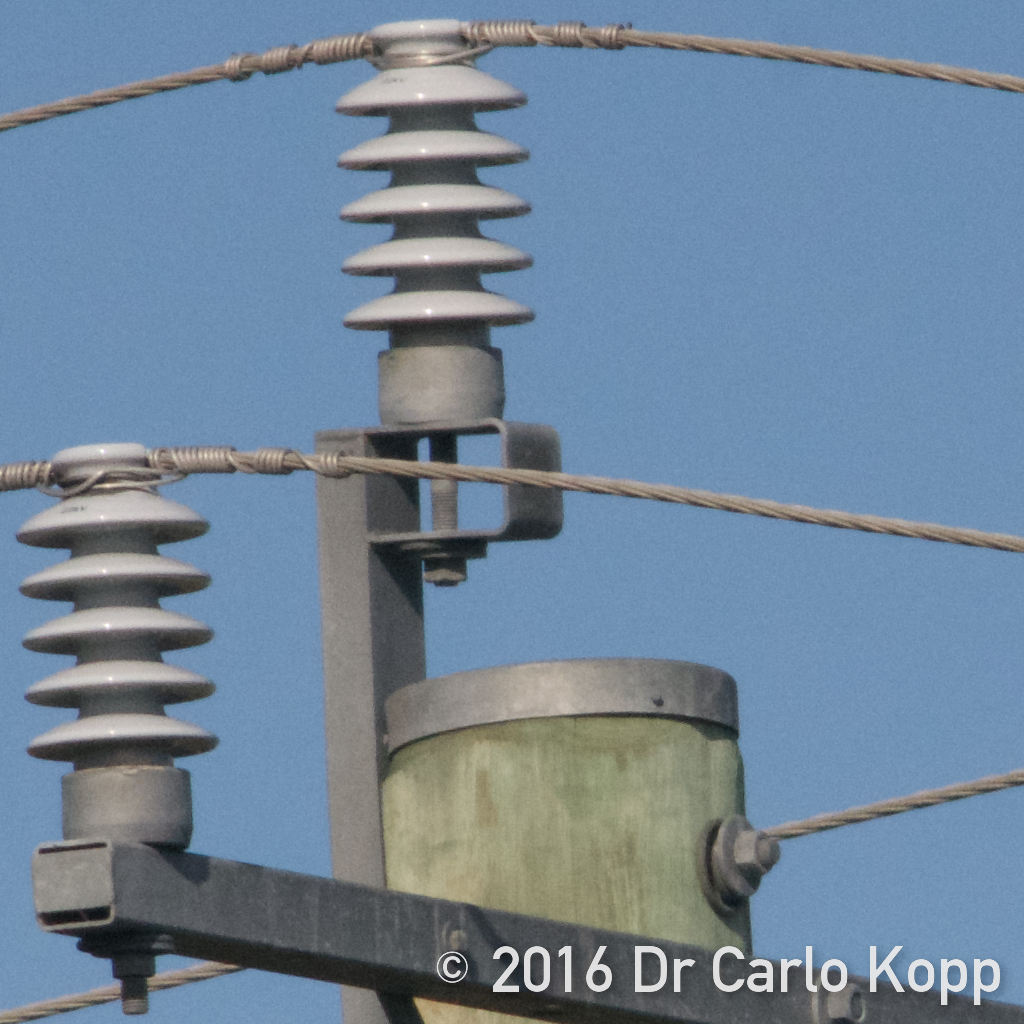











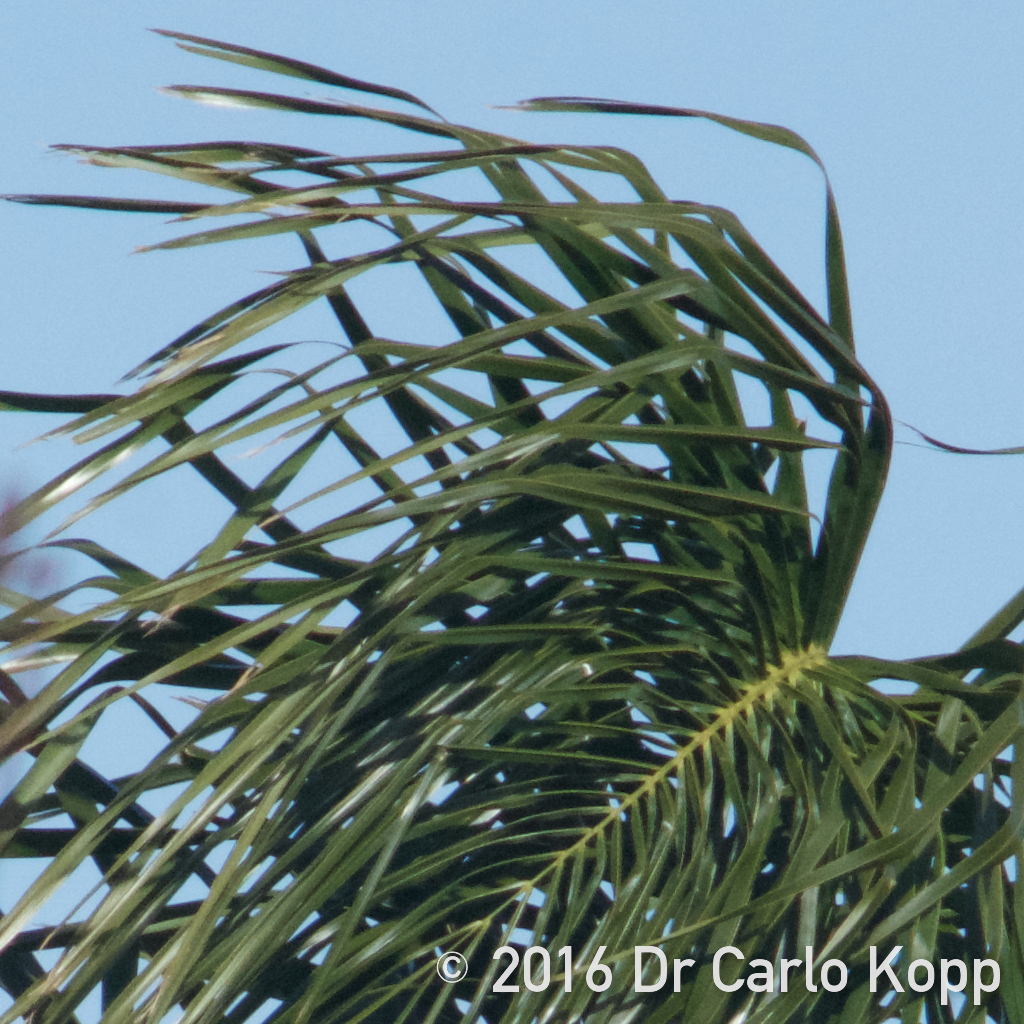


 













|
||||||||||||||||||||||
|
Photos
and
text © 2016 Carlo
Kopp;
Photographs
produced
using
a Nikon D7100, and some using a Tamron-F 1.4XN MC4 Teleconverter; almost
all
images produced in acceptance test or validation shoots.
Note: If you wish to view EXIF
metadata in the
DSLR images, the simplest solution is the FxIF Firefox
extension.
Please note that the focal length and aperture settings in the EXIF
data reflect the configuration of the lens, regardless of whether a
teleconverter is attached. This is because the teleconverter passes
digital messaging from the lens without decoding and regenerating it.
|
||||||||||||||||||||||
|
Photos and text © 2016 Carlo Kopp |
||||||||||||||||||||||
| |
||||||||||||||||||||||
|
|||||||||||||||
| Artwork and text ż 1994 - 2010 Carlo Kopp; All rights reserved. |
| $Revision: 2.279 $ |